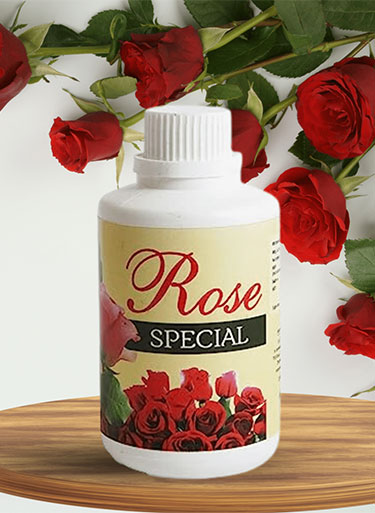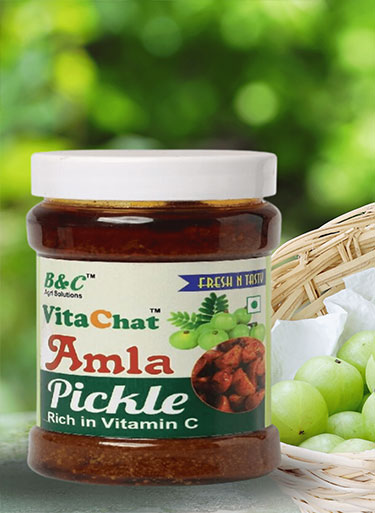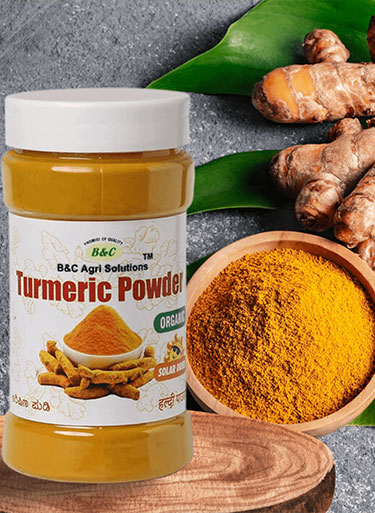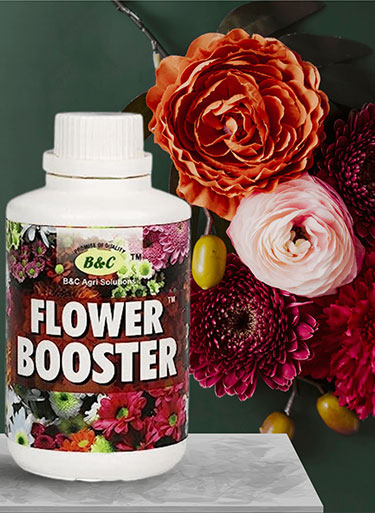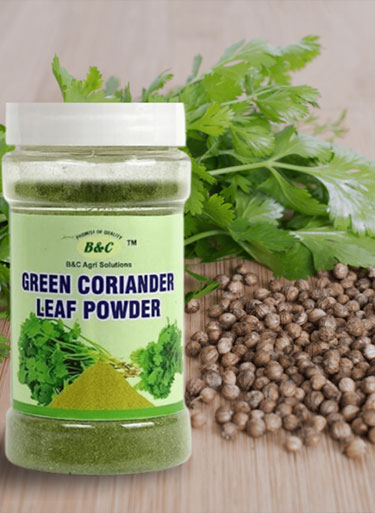Mint (known locally as pudina) is more than just a refreshing herb in your chutneys or teas — it’s a time-tested skin care ally. Loaded with cooling menthol, antibacterial compounds, antioxidants, and mild astringent properties, mint can help soothe irritation, manage acne, brighten the complexion, and support clearer skin overall.
Below is a guide to the benefits of mint for skin plus simple, homemade remedies you can try safely at home.
Why Mint Leaves Help Skin
- Antibacterial & Anti-inflammatory: Mint contains natural compounds (like menthol and phenolics) that can reduce bacterial growth and calm inflammation.
- Contains Salicylic Acid: This naturally occurring acid helps loosen dead skin cells, preventing clogged pores and reducing breakouts.
- Antioxidants & Vitamins: Mint is a source of vitamins (A, C) and flavonoids that help neutralize free radicals and promote skin healing.
- Cooling & Soothing: Its menthol content gives a cooling effect, making it useful for calming irritated or sun-burnt skin and reducing redness.
- Mild Astringent / Toner Effect: Mint can help tighten pores and act as a gentle toner to cleanse skin impurities.
Homemade Mint-Based Remedies
Here are some simple recipes using mint leaves that you can incorporate into your skin care routine.
1. Mint + Honey Face Pack (for acne / oily skin)
- Take 10–12 fresh mint leaves, wash and crush into a paste.
- Add 1 teaspoon honey (natural antibacterial and moisturizing).
- (Optionally) Add a few drops of rose water.
- Apply to face for ~10–15 minutes.
- Rinse with lukewarm water.
This pack helps reduce breakouts, heal blemishes, and calm inflamed skin.
2. Mint + Multani Mitti (Fuller’s Earth) Pack (for deep cleansing)
- Crush a handful of mint leaves.
- Mix with 1 teaspoon Multani mitti (Fuller’s earth).
- Add a few drops of water (or rose water) to make a smooth paste.
- Apply lightly and allow to dry (but don’t let it over-dry).
- Wash off with cool water.
This helps draw out excess oil, impurities, tighten pores, and leave skin feeling refreshed.
3. Mint Toner / Hydrosol
- Boil a handful of mint leaves in ~1 cup of water.
- Let simmer for a few minutes, turn off heat, cover & let cool.
- Strain and collect the infused water.
- Store in a clean spray bottle (refrigerated for freshness).
Use as a facial spray / toner after cleansing.
This mild mint toner can freshen skin, tone pores, and impart a subtle cooling effect.
4. Mint + Banana or Cucumber Pack (hydrating & soothing)
- Mash 1 small banana (or some cucumber) + handful of crushed mint leaves.
- Apply for ~15 minutes, then rinse.
The combo hydrates, soothes, and brightens skin.
5. Mint for Dark Circles / Under-Eye Brightening
- Crush mint leaves and mix just enough water to make a paste.
- Gently apply around the eye area (avoid contact with the eyes).
- Leave for ~5–10 minutes, then wash off.
- The mild vasoconstrictive and antioxidant properties may reduce puffiness and lighten under-eye darkness.
Tips & Precautions
- Always patch-test any new mixture behind the ear or inner arm to ensure your skin tolerates it well.
- Avoid applying mint-based masks near eyes or on broken skin; menthol can sting sensitive areas.
- Don’t overdo it — using these packs 2–3 times a week is enough for most people.
- Be gentle — don’t scrub harshly, especially on inflamed or acne skin.
- Mint is generally safe, but in rare cases it might cause irritation or allergic response in sensitive individuals.
- If you have very sensitive, eczema-prone, or reactive skin, consult a dermatologist before using mint topically.
Mint leaves are a natural, gentle, and affordable tool in your skincare arsenal. Whether for acne control, skin brightening, soothing irritated skin, or simply refreshing your complexion, mint works well in DIY home remedies. With consistent, careful use — and the right supporting routine (cleansing, moisturizing, sun protection) — mint can help you achieve cleaner, clearer skin without relying solely on commercial products.



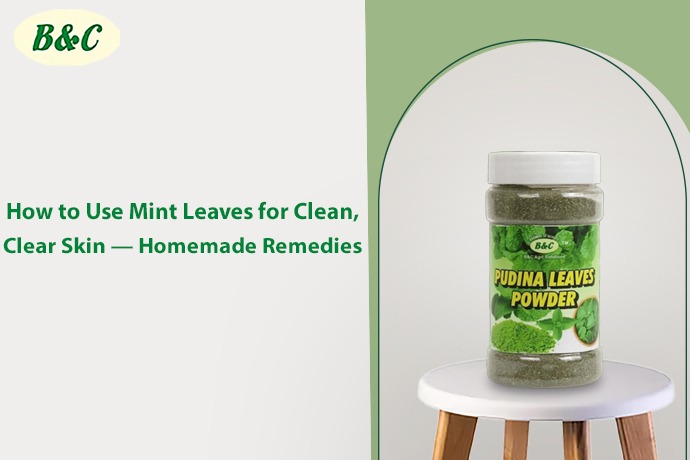

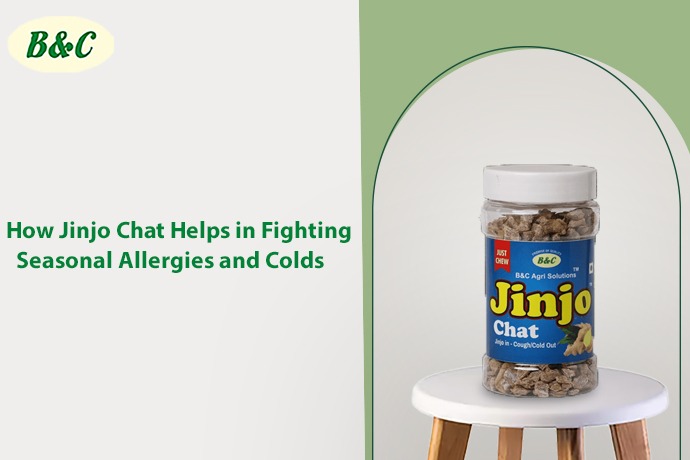
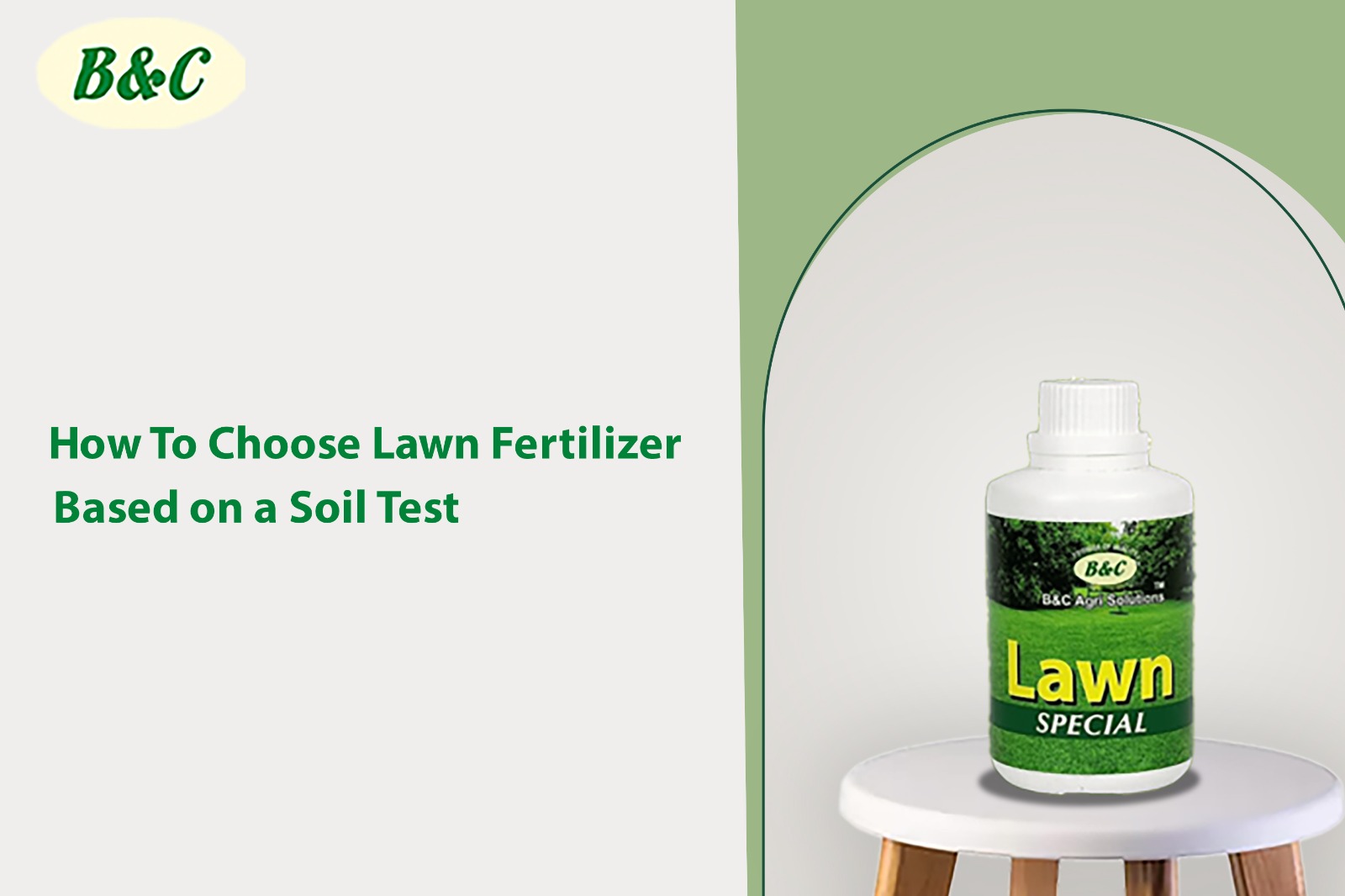
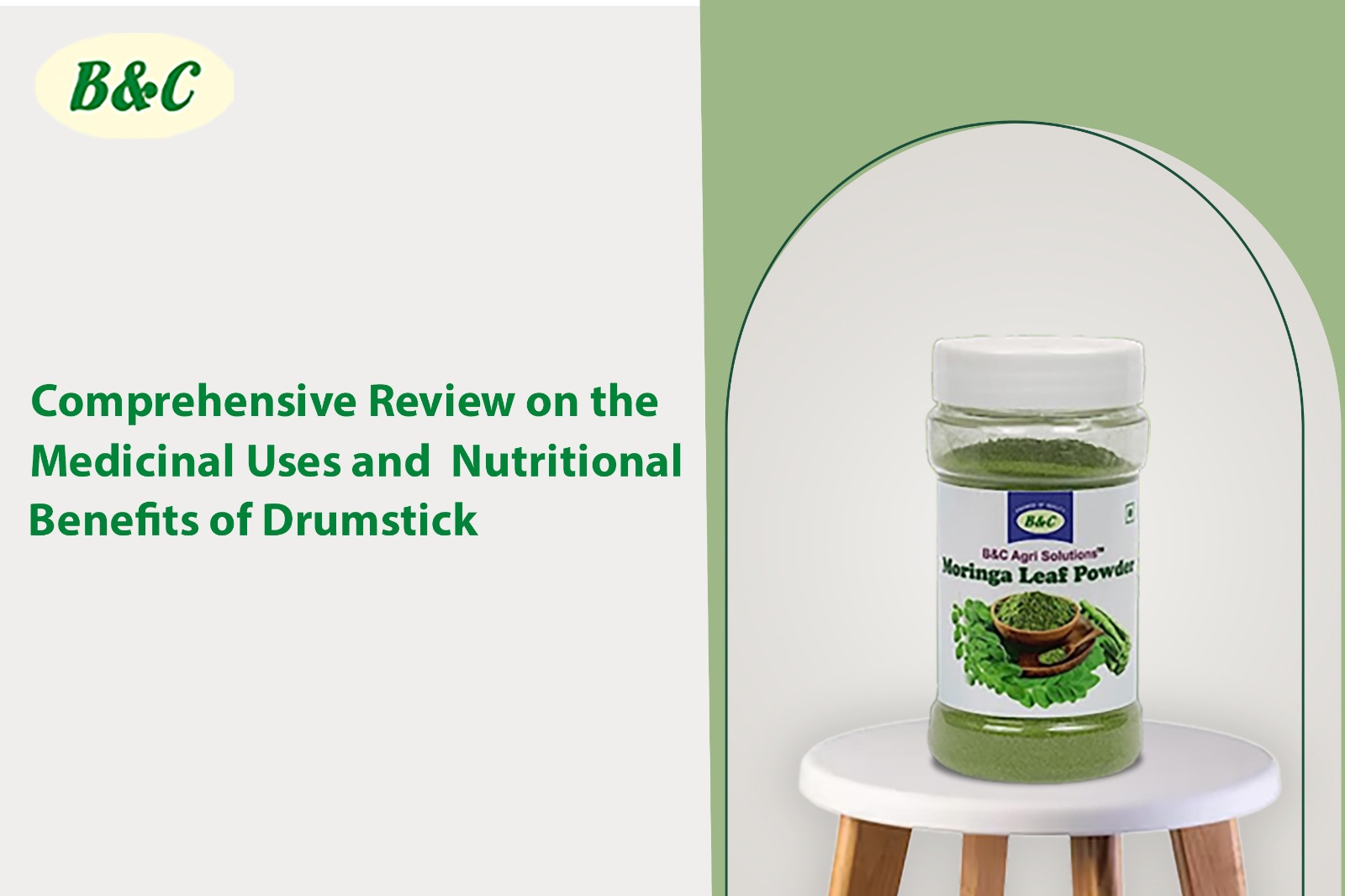

 vitachatorganic
vitachatorganic